17 Ingredients Once Common In Cooking That Are Now Banned Everywhere

Food trends come and go, but some ingredients didn’t just fall out of fashion—they got flat-out banned. Whether it was due to health risks, unethical sourcing, or flat-out weirdness, these once-common ingredients have been pulled from shelves and recipe books around the world.
1. Trans Fats (Partially Hydrogenated Oils)
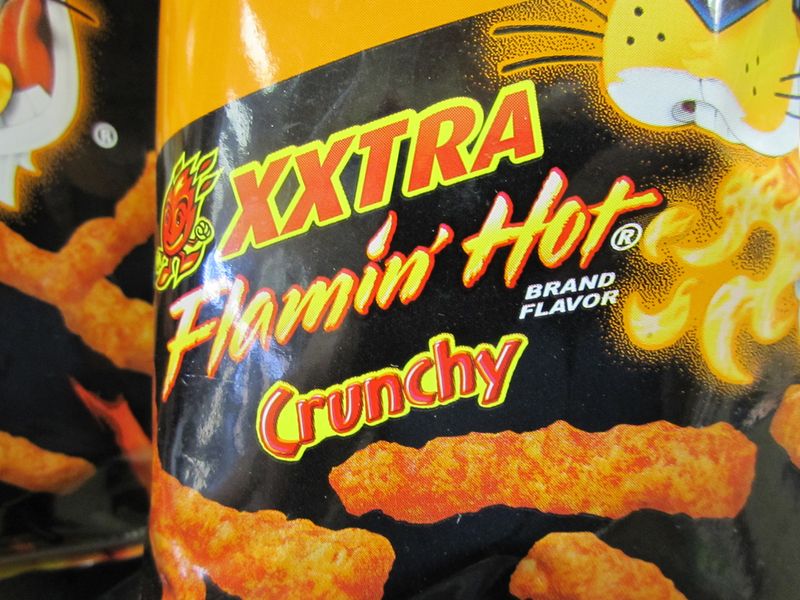
Trans fats were the unsung villains of many kitchens. Once a staple in margarine and fried foods, these fats were prized for their ability to enhance texture and extend shelf life. However, they also played a notorious role in raising bad cholesterol levels. By 2018, the U.S. decided enough was enough, banning them outright. While they might have boosted flavors, their contribution to heart diseases was undeniable. Today, healthier alternatives have replaced them, marking a shift towards more conscious eating habits.
2. Artificial Food Dye Red No. 2
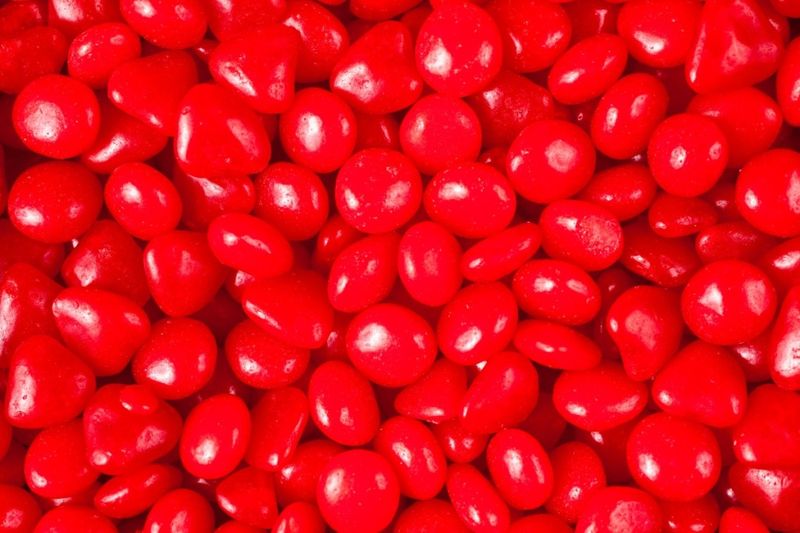
Red No. 2 was the vibrant hue that brightened many candies and baked goods. Its bold color made sweets irresistible, but it came with a hidden cost. Linked to cancer in lab animals, this dye’s reputation quickly soured in the 1970s. As a result, it was pulled from U.S. shelves, prompting a shift towards natural coloring agents. The legacy of Red No. 2 serves as a reminder of the balance between appearance and health. Modern standards now favor safer, naturally derived dyes.
3. Sassafras Oil (Natural Source of Safrole)

Sassafras oil, once cherished for its unique flavor in root beer, harbored a secret. It contained safrole, a compound found to be carcinogenic in high doses. The FDA stepped in, banning its use to protect consumers. While root beer lovers mourned the loss, the ban underscored the importance of safety in culinary delights. Today, root beer retains its iconic taste through safrole-free alternatives, ensuring enjoyment without risk. This evolution shows the food industry’s adaptability in prioritizing health.
4. Lard (In Its Original, Unrefined Form)

Lard, once a kitchen staple, was revered for its ability to impart richness to dishes. However, the industrialized version of lard, teeming with additives and questionable processing, raised eyebrows. As health consciousness grew, cooks pivoted towards cleaner, more refined fats. This shift wasn’t just about health; it marked a cultural change in cooking preferences. While lard itself isn’t banned, its early industrial version serves as a cautionary tale about the importance of food quality.
5. Rhodamine B
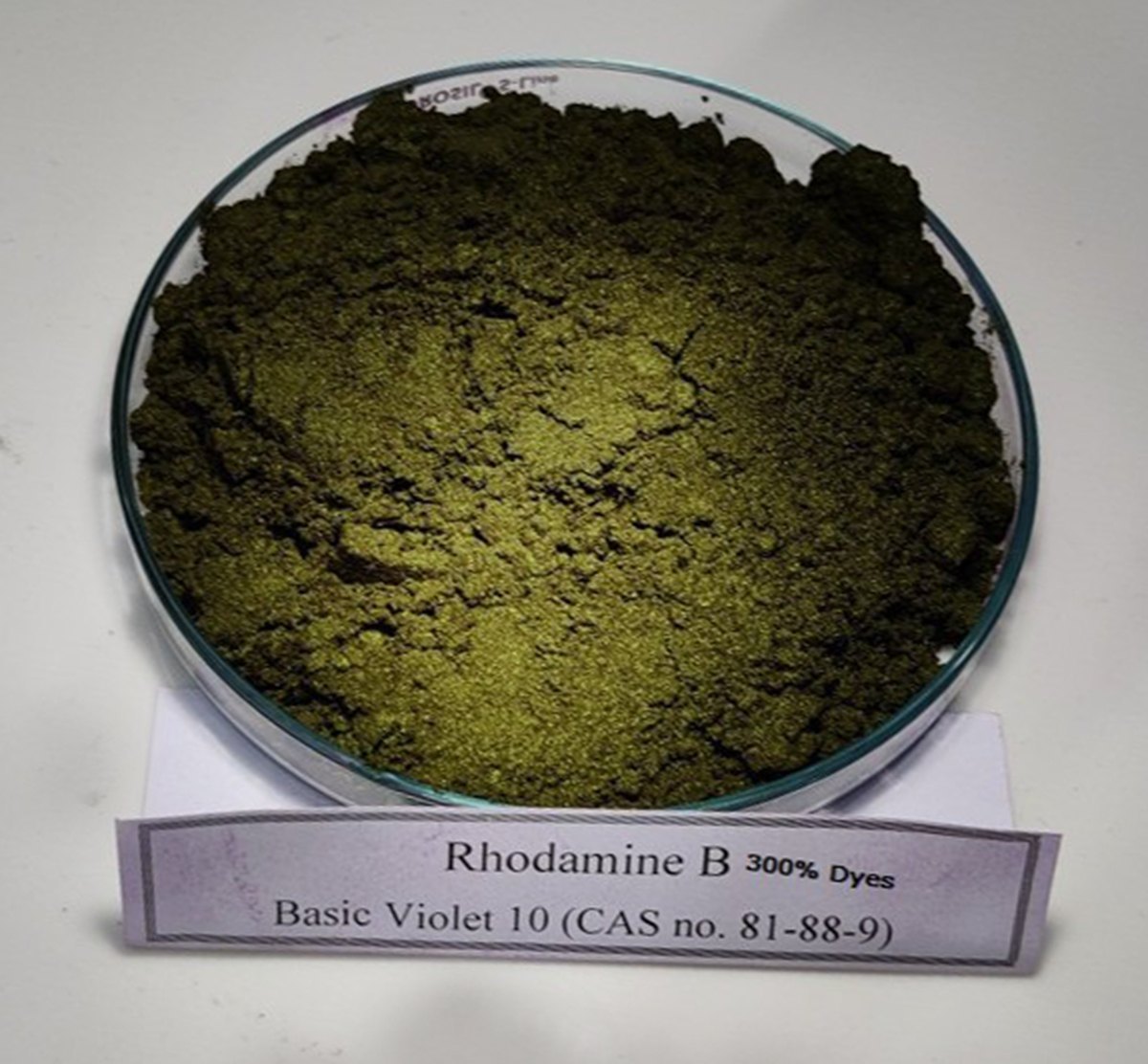
Rhodamine B, a synthetic dye, once painted desserts and drinks in vivid hues. Its eye-catching colors, though, masked a darker reality. Linked to toxicity and cancer, the dye was banned, highlighting the risks of synthetic additives. The decision to pull Rhodamine B from the market was a win for consumer safety, steering preferences towards natural colorants. In a world increasingly mindful of health implications, the dye’s story reinforces the shift towards transparency in food production.
6. Borax (E284)

Borax, or E284, found its place as a meat preservative and texturizer in some Asian dishes. However, concerns about reproductive and liver toxicity led to its ban in many countries. The controversy surrounding borax underscored the ongoing dialogue between tradition and safety. As culinary practices evolve, the focus remains on finding safe, effective alternatives. This ingredient’s banishment reminds us of the delicate balance between preserving cultural dishes and prioritizing consumer health.
7. Brominated Vegetable Oil (BVO)

BVO was the hidden emulsifier in citrus sodas like Mountain Dew and some baked goods. Its role in maintaining flavor consistency was overshadowed by health concerns. Banned in Europe and Japan, and being phased out in the U.S., BVO’s journey reflects a broader shift towards safer food additives. The move away from BVO showcases the food industry’s commitment to consumer health, prioritizing safety over convenience. The result is a more informed and health-conscious approach to food production.
8. Coumarin (In Tonka Beans)
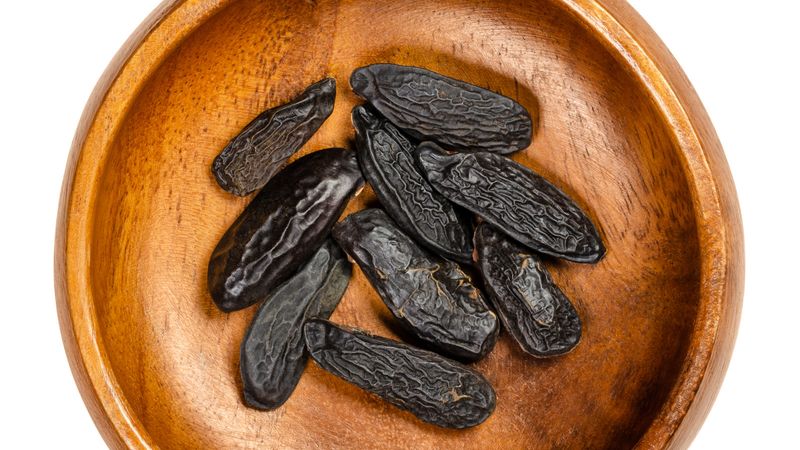
Tonka beans, cherished for their vanilla-cinnamon flavor, carried a hidden danger: coumarin. This compound, toxic to the liver in high doses, led to their ban in the U.S. The beans’ enticing aroma couldn’t mask the health risks associated with their consumption. Despite the ban, their allure persists in perfumery and aromatherapy. The evolution of tonka beans from culinary delight to banned ingredient highlights the ongoing balance between flavor exploration and health considerations in the culinary world.
9. Calamus Root

Calamus root, once a go-to for herbal tonics and bitters, harbored a carcinogenic secret. Its compound, beta-asarone, led to the root’s ban in the U.S. With the rise of modern herbalism, the ban emphasizes the need for rigorous testing and safety in herbal remedies. While calamus root fades into history, its story reinforces the importance of balancing traditional practices with scientific scrutiny. The shift away from risky botanicals marks a new era of safer, well-researched herbal solutions.
10. Potassium Bromate

Potassium bromate, once a beloved baking aide, helped bread achieve a fluffy texture. However, its potential carcinogenic properties led to bans in many countries. This ingredient’s fall from grace highlights the evolving standards in food safety. Bakers worldwide have shifted to safer alternatives, ensuring that the warmth of fresh-baked bread comes without health risks. Potassium bromate’s removal from recipes underscores the industry’s commitment to consumer health, shaping a responsible culinary landscape.
11. Olestra

Olestra, once hailed as a miracle fat substitute, offered a guilt-free indulgence. However, its side effects, including stomach issues, quickly overshadowed its benefits. Banned or restricted in several countries, olestra’s rise and fall reflect the challenges of balancing innovation with health. The ingredient’s story underscores the importance of thorough testing and consumer awareness. As food science progresses, the cautionary tale of olestra remains a reminder of the need for transparency and safety.
12. Lead-Based Food Colorings
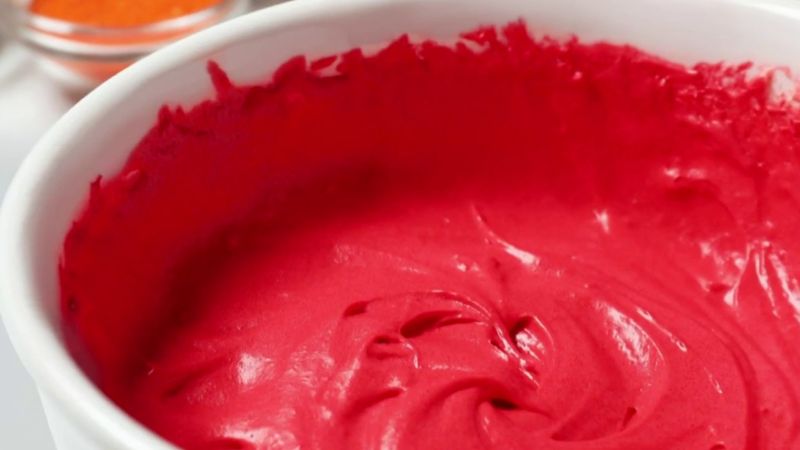
Lead-based food colorings, once prized for their vibrant hues, held a dangerous secret. Toxicity concerns led to their ban long ago, as awareness of lead’s harmful effects grew. The transition away from lead-based colors marked a significant step towards safer food production. Today, vibrant colors in food come from non-toxic, natural sources, reflecting a prioritization of health. The legacy of lead-based colors serves as a cautionary tale in the ongoing pursuit of safe, enjoyable culinary experiences.
13. Formaldehyde (Used As a Preservative)
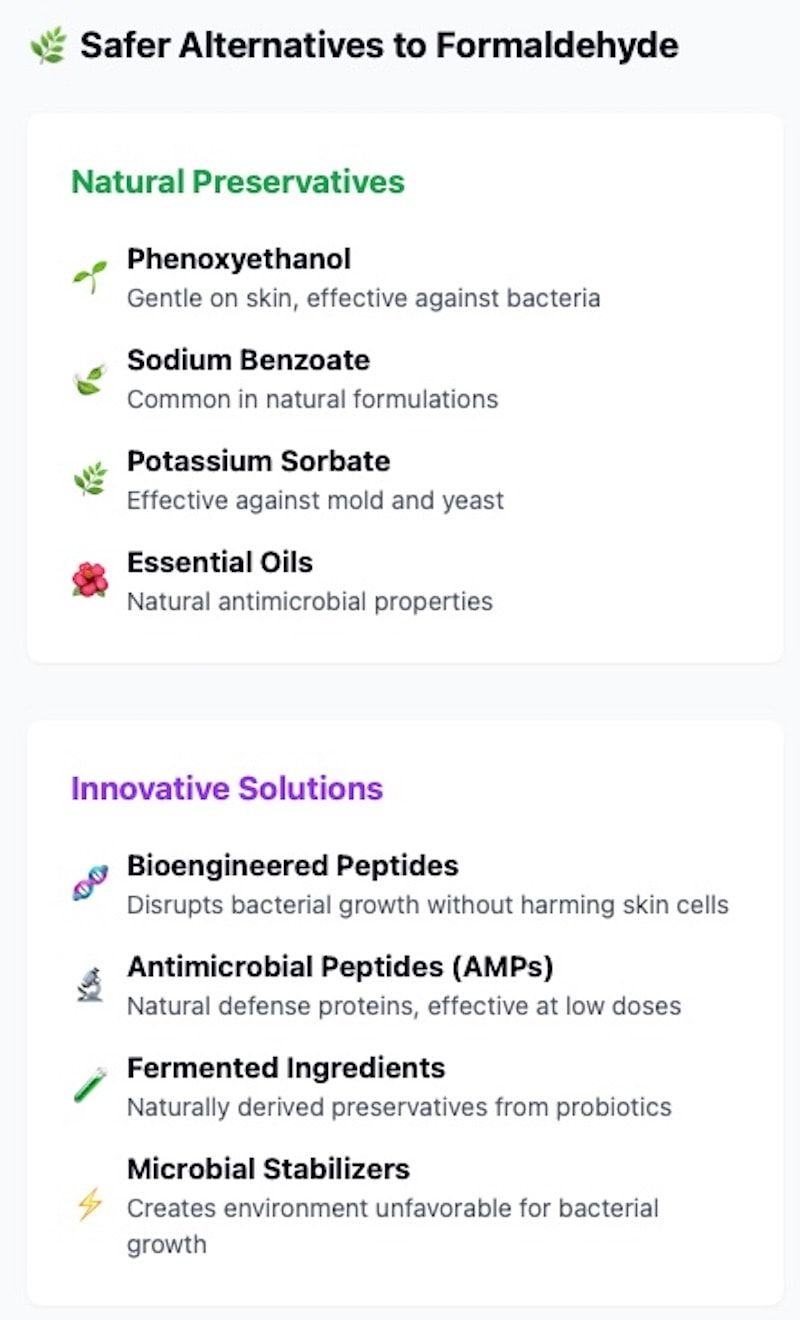
Formaldehyde, once used as a food preservative, fell from favor due to its high toxicity. Now reserved for laboratory use, its presence in food was deemed too risky. The shift away from formaldehyde underscores the importance of safety in food preservation. Modern methods prioritize non-toxic preservatives, ensuring consumer health. This transition highlights the progress made in food safety standards, reflecting a broader commitment to protecting consumers from harmful substances.
14. Azodicarbonamide (ADA)

Azodicarbonamide, or ADA, earned the nickname “yoga mat chemical” for its dual use in bread and yoga mats. This dough conditioner, used to bleach and improve texture, faced bans in Europe and Australia due to health concerns. The shift away from ADA in food production highlights a growing awareness of the need for clean ingredients. Bakers now rely on alternatives that prioritize consumer safety, ensuring that the aroma of freshly baked bread doesn’t come with hidden risks.
15. Ractopamine
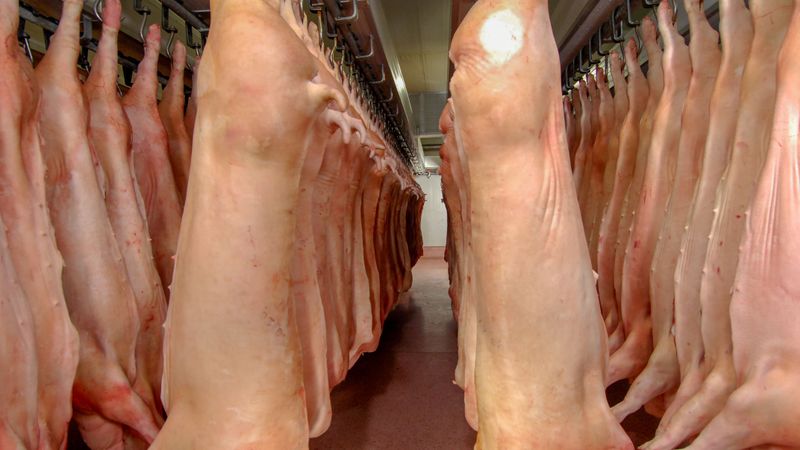
Ractopamine, a feed additive used to promote leaner pork, faced bans in the EU, China, and Russia. Concerns about its effects on human health fueled these bans, reflecting a commitment to safer food production. The use of ractopamine highlights the complexities of balancing agricultural efficiency with consumer safety. As global standards evolve, the focus shifts towards ensuring that livestock practices align with health-conscious values, emphasizing the importance of transparency in food sourcing.
16. Kinder Surprise Eggs (In the U.S.)

Kinder Surprise Eggs, filled with toys, faced a unique ban in the U.S. due to regulations against non-edible objects in food. Despite their popularity elsewhere, these chocolate treats highlight the balance between fun and safety in food regulations. The ban reflects a broader commitment to consumer safety, especially for children. While Kinder Surprise Eggs remain a whimsical delight in many countries, their absence in the U.S. underscores the unique regulatory landscape that governs food safety.
17. Foie Gras (In Some U.S. States and Countries)

Foie gras, a culinary delicacy, faced bans in places like California and parts of Europe. Concerns about animal cruelty, particularly the force-feeding of ducks and geese, fueled these bans. The controversy surrounding foie gras reflects a broader dialogue about ethical food production. As culinary practices evolve, the focus shifts towards humane treatment of animals, emphasizing the importance of ethical standards in gastronomy. The bans highlight the ongoing efforts to align culinary traditions with modern values.
